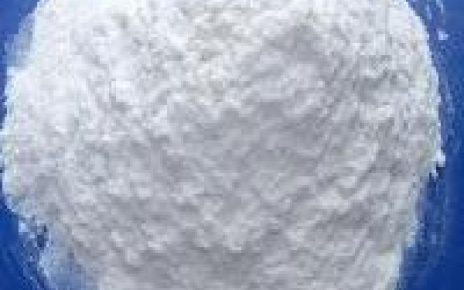Ethylene glycol Usage And Synthesis
Ethylene glycol is the simplest aliphatic dihydric alcohol with chemical properties of alcohols such as being capable of generating ether, ester, or being oxidized into acid or aldehyde as well as being condensed to form ether or being substituted by halogen. Its reaction with acyl chloride or acid anhydride generally forms di-esters. Under heating in the presence of catalyst (manganese dioxide, aluminum oxide, zinc oxide or sulfuric acid), it can be subject to intermolecular or intramolecular dehydration to form the cyclic ethylene acetals, which can react with nitric acid to generate glycol dinitrate (an explosive). Ethylene glycol is the raw material for production of polyester resins, alkyd resins and polyester fiber. It can also be used as the refrigerant agent for automobile and aircraft engines refrigerant. In 1980, the glycol amount used as refrigerant agent is equal to the amount consumption for producing polyester. In addition, it can also be used for synthesizing polymers such as polyester fibers. Ethylene glycol dinitrate, when used in combination with nitroglycerine can reduce the freezing point of explosives. Ethylene glycol can also be used as the raw material of pharmaceuticals and plastics and high-boiling solvents. Industry applied ethylene as a raw material with first converting it to ethylene oxide and then hydrolyzing to produce ethylene glycol.
This product is of fire and explosion hazards. It is irritating to skin and mucous membrane with inhalation of vapors or skin absorption producing a narcotic effect on the central nervous as well as causing kidney damage. Rat, through oral administration, has a LD50 of 8540 mg/kg. The maximal allowable concentration in the workplace is 5 × 10-6.
This information is edited by Xiongfeng Dai from Chemicalbook.
Poisoning and first aid This product is of low toxicity. Rat LD50: 5.5ml/kg~8.54ml/kg. People who is subject to oral administration by once has a LD50 of 80g~100g. The plasma concentration of ethylene glycol is 2.4g/L and can cause acute renal failure. It can be absorbed through the digestive tract, respiratory tract and skin. It can be discharged from the kidney in the form of prototype or ethanedioic acid (oxalate) from through oxidation. Glycol, after being oxidized into carbon dioxide, can be discharged from the respiratory tract.
Although ethylene glycol has a high toxicity but its volatility is small. Therefore, it is unlikely that the inhalation of it during production can cause severe poisoning. Inhalation poisoning is manifested as blurred consciousness, nystagmus and urine containing protein, calcium oxalate crystals and red blood cells. Oral toxicity in clinical practice can be divided into three stages: the first stage is mainly the central nervous system symptoms, such as the performance of ethanol poisoning; the second phase of the main symptoms mainly include shortness of breath, cyanosis, and various manifestations of pulmonary edema or bronchopneumonia; at the third stage, there may be significant renal disease, low back pain, kidney area percussion pain, renal dysfunction, proteinuria, hematuria, urine containing calcium oxalate crystals, as well as oliguria, anuria and even acute renal failure.
Patients mistakenly take it should be subject to the treatment based on the general principles of first aid for oral poisoning and can be given 600 mL of 1/6 mol of sodium lactate solution and 10 mL of 10% calcium gluconate through intravenous infusion. Patients of severe poisoning can subject to treatment of artificial kidney dialysis.
Container of ethylene glycol should have “toxic agents” mark. The product, upon heating, should be sealed, vented to prevent inhalation of the vapor or aerosol. Avoid long-term direct skin contact with the product.




